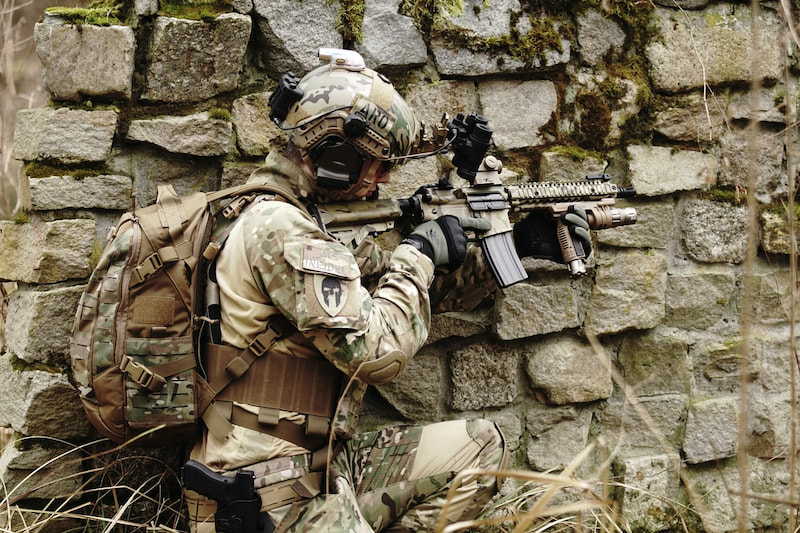
Home Recording Studio: Pro Audio Equipment Buying Guide
Contents
The popularity, abundance and streaming services has democratised music production. What was once the realm of established studios (and artists) spending huge amounts of money in churning out the next platinum album, has become accessible to almost anyone. You can set up your own home studio with some decent gear and an acoustically-treated room for small(ish) amounts of cash. The success part is largely down to having a knack for a good tune.
What is Pro Audio Equipment?
Pro audio encompasses a range of equipment used in music production, recording, mixing and editing. It also covers gear used in Public Address systems in conference rooms, and the series of different speakers, mics, amps and mixing boards you’ll see in live concerts. But for most of us, pro audio is the epitome of getting our music heard through the hours of work we’ve put in sitting behind recording desks in our own home studio. To produce your next hit song, you’ll find high-grade professional audio equipment for sale from numerous retailers across the country. The best part is that prices are affordable compared to say a decade ago, and products are available for those just prepping their first jam session, to seasoned pros in for the long haul.

Basics of a Home Studio
The first step is finding the right room. Garages may be popular choices for bands, but for the solo artist, a room with less clutter, stripped of anything that can meddle in the reproduction of highs, mids or lows is a starting point. Bigger rooms, preferably with hardwood floors will have enough space to place desks and chairs, and all your gear. Allow for some additional space for any planned upgrades and ideal speaker placement. If you’re worried about surfaces and acoustics, and have some spare cash, then get an acoustic treatment done by a pro to minimise any exterior interference and room imperfections. Though this is recommended, first spend your money on the gear you need most.
The Gear
There’s gear that is essential in any studio, and specific items that increase in price as your search for more sophistication. Spend on essentials first and upgrade any gear as you go.
Computer(s)
This is the starting point for music production. While any computer will do, it is recommended you get a dedicated computer with the sole purpose of recording and storing your work. Faster processors and more RAM definitely help, but aren’t an end-all solution. You can also choose between laptops and desktops, with the latter preferred by music buffs for the all-around connectivity and numerous ports, and the bigger screens useful in digital processing. The downsides are if you’re constantly on the move. Laptops are also good choices, especially where space is limited. As for operating systems, that’s more a question of taste, but some software may be platform-specific. Many producers swear by their iMacs or MacBooks, while others are more than happy with Windows-based machines. A second computer eases workflow, and a music-specific keyboard and mouse that much more.
Software and Audio Interface
Software packages called Digital Audio Workstations, or simply DAW, are another essential piece of pro audio gear. These allow you to record, edit and mix music on your computer. To connect any gear to your computer you’ll also have an audio interface. For anyone just getting into music production, software and interface combos are budget-friendly options that cover all the bases and leave you with some spare cash for other items. Look to established brands like Ableton, Presonus and Avid among many others.
Mics

Recording microphones for home studios come as either condenser or dynamic microphones. As you move up the budget range there are also ribbon mics for the most accurate sound production. Condenser mics are good for high-pitched sounds, particularly smooth vocals, while dynamic mics will get the best out of low frequencies, like drums and bass guitars, at higher volumes. Decent brands to look for are AKG, Shure, RODE and Sennheiser.
Studio Monitors and Headphones

If you’re recording solo, then a pair of decent headphones is a necessity. Closed-back headphones are good for monitoring and recording your music, while open backs are better at mixing. The best headphones will be neutral sounding, without any additional bass, or pronounced highs.
If you’re recording and mixing multiple instruments and vocals, you’ll want the best pair of studio monitoring speakers your budget allows. Monitors are essential pieces of professional audio gear for sale and after computers possibly the biggest expenditure. These are far from your average hi-fi speakers in that they avoid colouration or sound distortion. Monitors need to produce the most neutral sounds possible, or the music as it is. Accurate presentation is what they sell.
Most studio monitors are near-field active speakers, meaning they’re placed close to the producer to avoid any interference from nearby objects or walls and that they have their own amp. Go for bi-amp monitors if you can, as the lows and highs are tuned and powered by separate amplifiers for the best clarity. Speaker placement is also important in this respect, ideally with each speaker at 45 degrees towards you. They can be positioned on desks, or a better option is a stand that nulls any vibrations. Look for monitors with at least 50 watts per channel, a high-frequency range, and quality connectors. In-built digital sound processing is a bonus that helps smooth out acoustic imperfections in the room.


